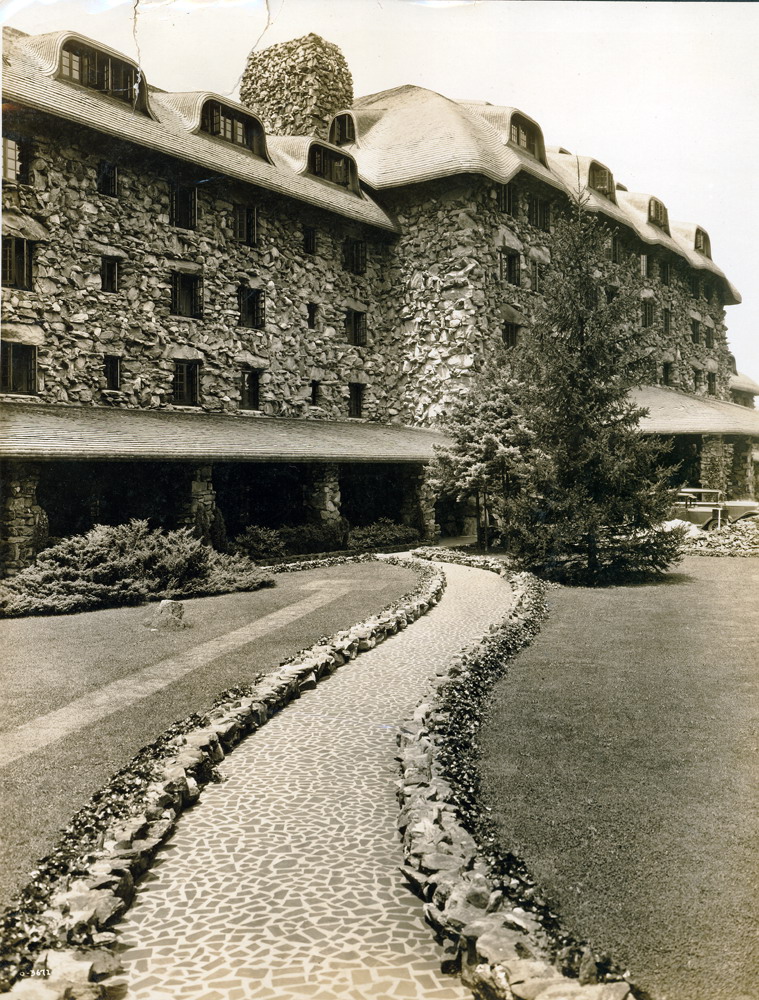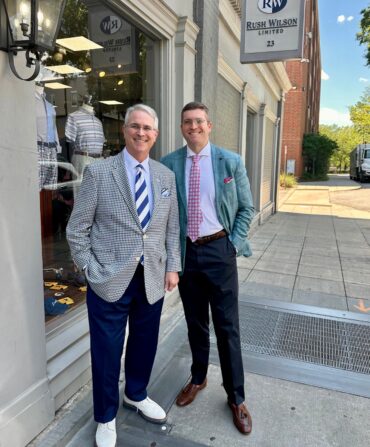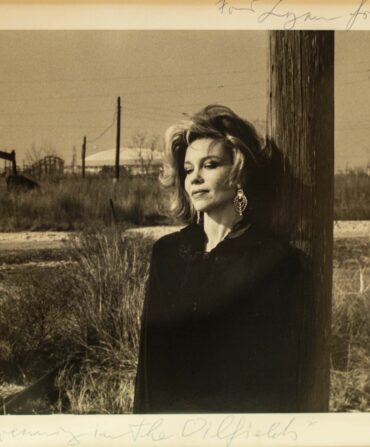
Nestled into the side of Asheville’s Sunset Mountain, the Grove Park Inn is known for its grand-meets-cozy lodge aesthetic. Colossal lobby fireplaces, exterior facade stones pulled straight from the mountain, and rows of front porch rocking chairs configured toward the view have attracted visitors for more than a century. But what was the hotel like in 1913 when it was first built? Joy Callaway wasn’t there, but she’s got a pretty good idea.
In her new novel, What the Mountains Remember, the Charlotte writer tells the story of a young woman who receives an invitation to tour the unfinished Grove Park Inn, before the real-life masterminds behind the project, Fred Seely and Edwin Wiley Grove, ask her to document the stories behind the construction of what locals at the time referred to as the “Eighth Wonder of the World.” As she researched for this fictional story, Callaway herself became entranced by the history of the inn’s conception—how four hundred men constructed it in less than one year. She spent two years digging through books, archives, and ancestry records to base each literary detail in fact.
We caught up with Callaway to talk about what went into researching and retelling the story of one of the South’s grandest hotels.
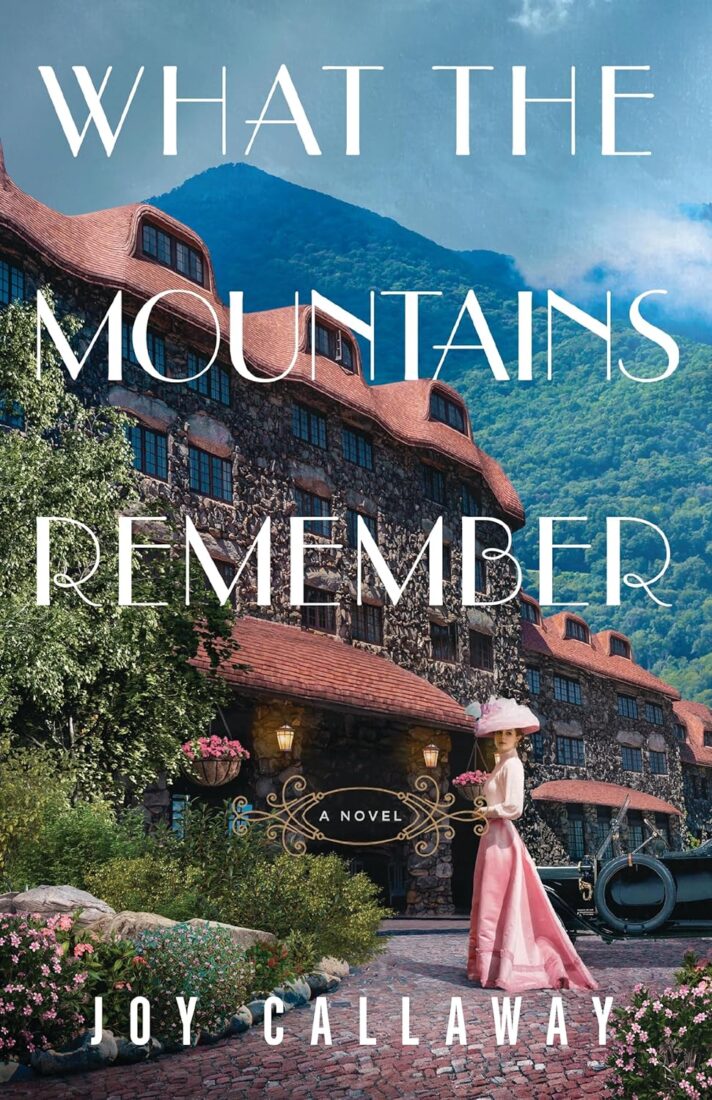
You’ve set previous novels at places like the Greenbrier and New York’s Gilded Age mansions. What made you choose to write about the Grove Park Inn this time?
Since I was a kid, the Grove Park Inn has been my family’s retreat. My parents loved it, and I have very vivid memories of staying at the old part of the inn with my whole family who came down from West Virginia to all be there for Christmas. I remember listening to bands who would play music in the Great Hall there, and how it fostered a beautiful old-school sense of camaraderie among travelers. Being there in that atmosphere, surrounded by what I considered to be a wonder of the world, was always fascinating to me. I knew from the time I began writing that this was a place I wanted to write about.
Even though this story is fiction, you did extensive research to get all the historical details accurate.
I adore research so much that I often have to pull myself away. I have to remind myself, You write fiction! You have this info, now let’s get to the story.
For me, it starts in newspaper archives. I read through two years’ worth of every mention of the Grove Park Inn in newspapers throughout the country, although most were in the Asheville Citizen-Times. I read everything I could. I could see what was happening on the ground in Asheville, but around those stories, there’s pertinent news of the time and what the public was dealing with. This is what my characters would care about and what they would be dealing with.
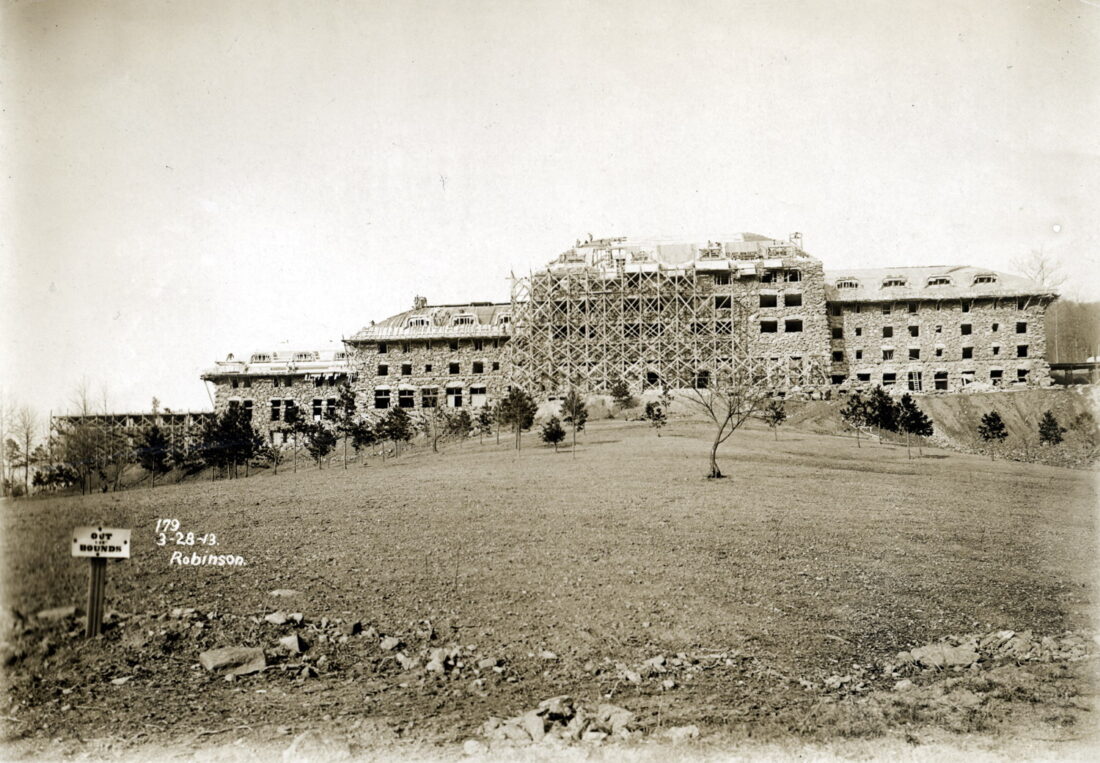
Did you find anything unexpected?
In general, the stories of the day were very positive things: In Asheville, they were mostly talking about how the idea came to these men to build it. The newspapers informed the public about the progress and process of building it.
But I also learned things that informed the tuberculosis plotline in the book: I had heard about tuberculosis sanatoriums before but had no idea the extent of it in Asheville. [Around the turn of the century, there were more than one hundred tuberculous sanatoriums in and around Asheville, as the mountain air was thought to be healing.] I realized that the building of the inn was a turning point for the city. It could have gone the way of a tuberculous colony, but Seely and Grove decided: No, Asheville should be a place to rejuvenate. From the city council there was pushback because the sanatoriums were making money, and the town was thinking it could be dangerous to alienate the medical community. But ultimately, they decided to lean into tourism.
What interested you so much about the construction itself?
I could’ve gone a lot more in depth about the construction and really bored the readers—like the roof build was just so unique and interesting to me. For the facade, they were pulling rock straight from Sunset Mountain. It was not quarried at all. They seriously dug up the rocks from the mountainside, wiped off the dirt, and left the moss on there. Seely and Grove were paying people to bring in wagons and wheelbarrows of rocks.
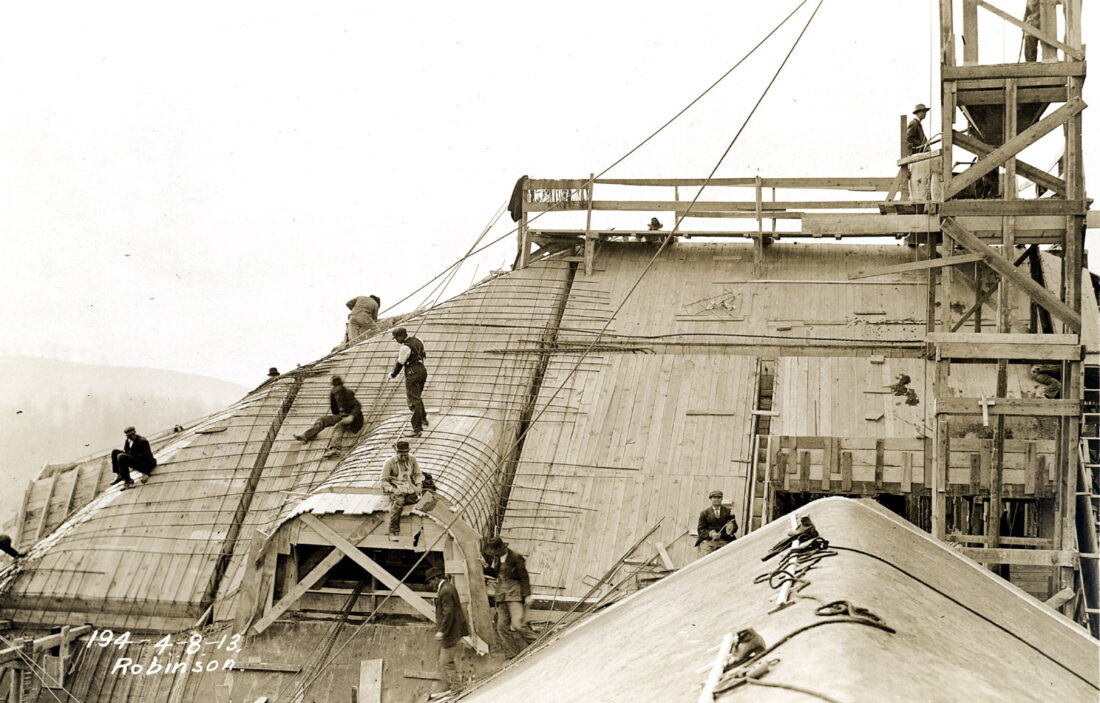
I found a lot of construction photos in the UNC Asheville archives. When you look at pictures of all the employees standing outside the hotel, one thing that really struck me was that it was people from all different walks of life. This was a time in the South in which that was not common. It’s not like you had one group over here of Italians, and one over here of Black men, and another of white guys. They were all intermingled. I was struck by how cool it was that so many skilled workers with amazing talent came together to make this project, and it made me want to focus on all these unsung heroes of history.
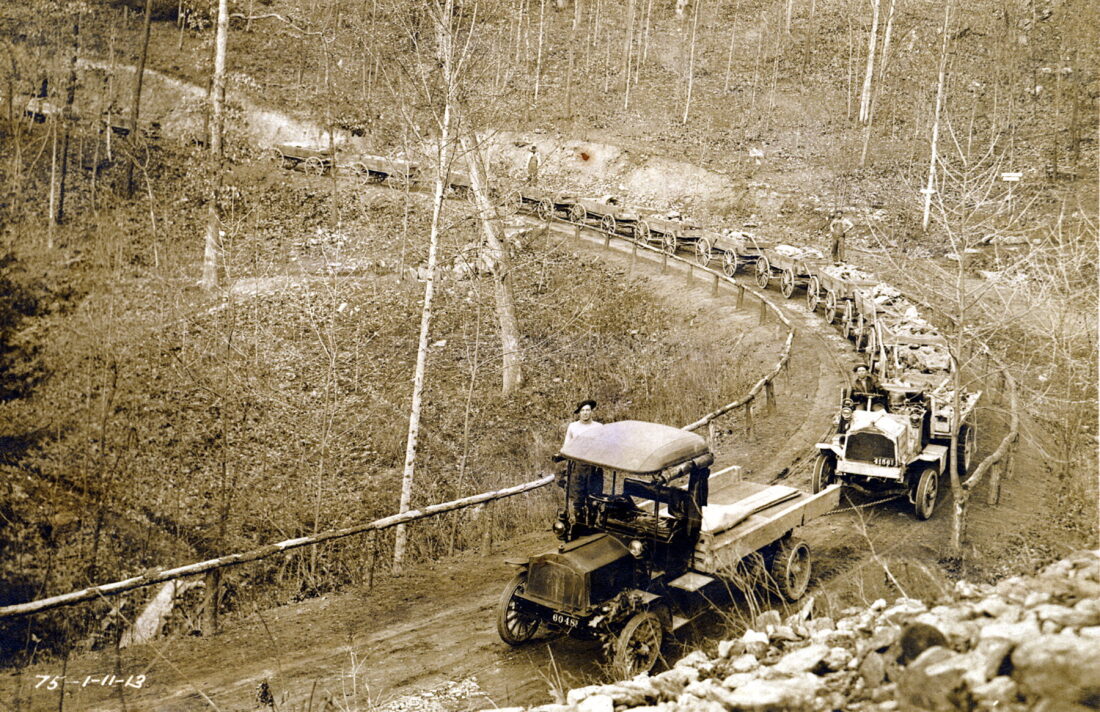
Is there anything you couldn’t find in your research?
I really wanted to find records of all the workers—who worked there, their names, their roles—but I kept running into roadblocks. I approached the UNC Asheville archives and the Western North Carolina Historical Association and Grove Park, and people kept saying the files were accidentally destroyed in a flood decades ago. I know I write fiction, but it didn’t sit well with me to not have those names. I want to try to honor people who built Grove Park who never got acknowledgment.
What the Mountains Remember is available here.
Garden & Gun has an affiliate partnership with bookshop.org and may receive a portion of sales when a reader clicks to buy a book. All books are independently selected by the G&G editorial team.


